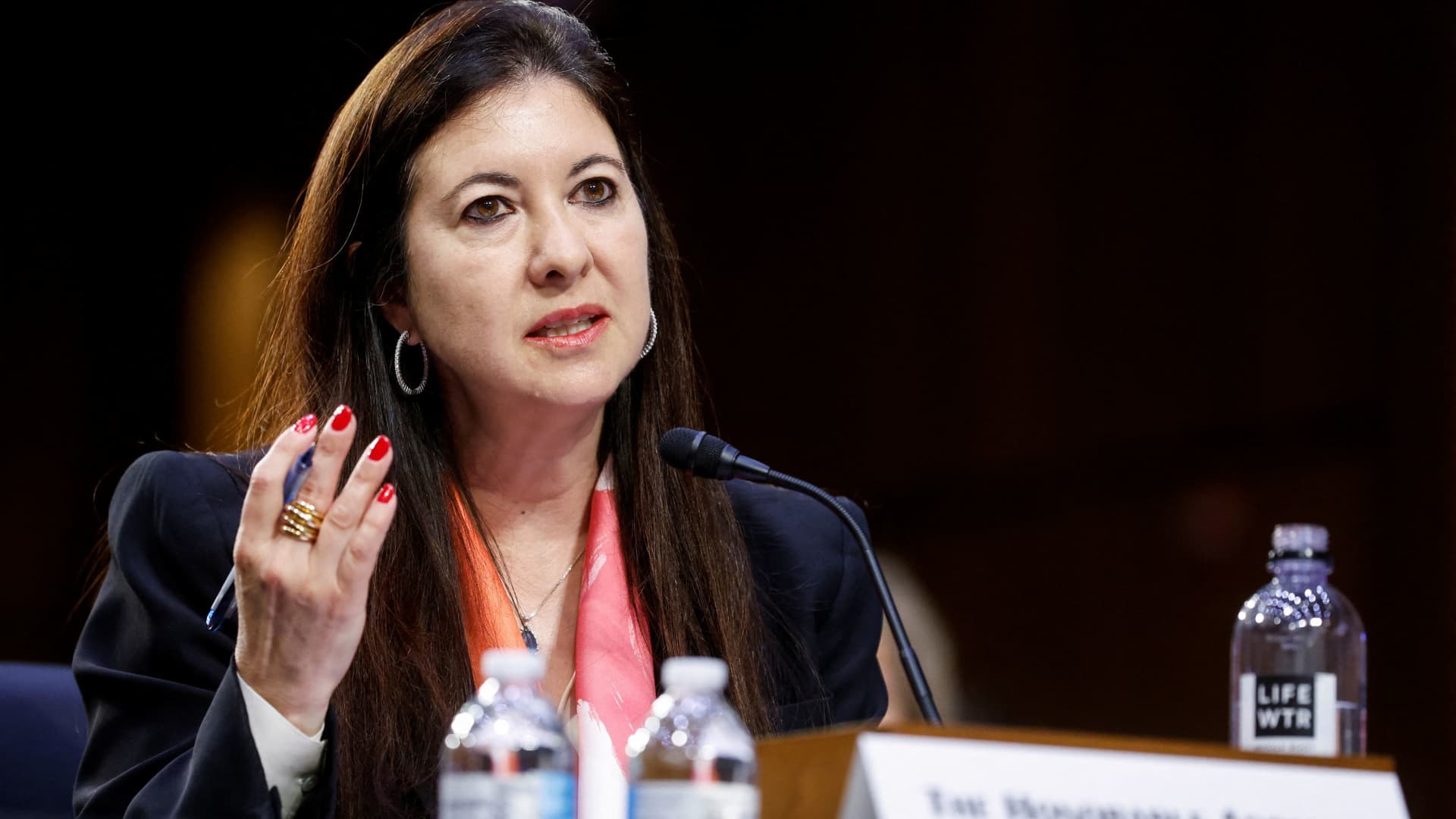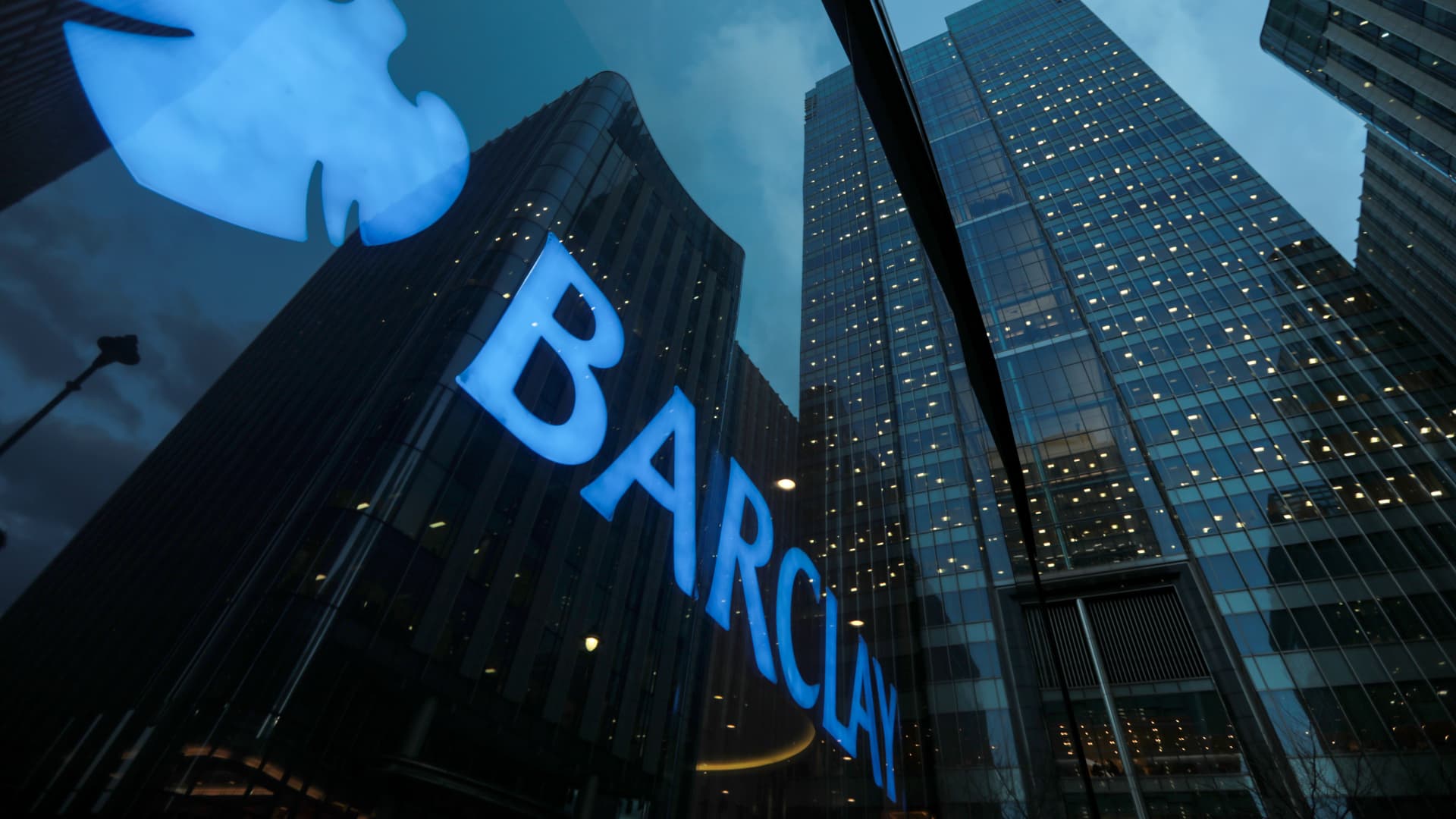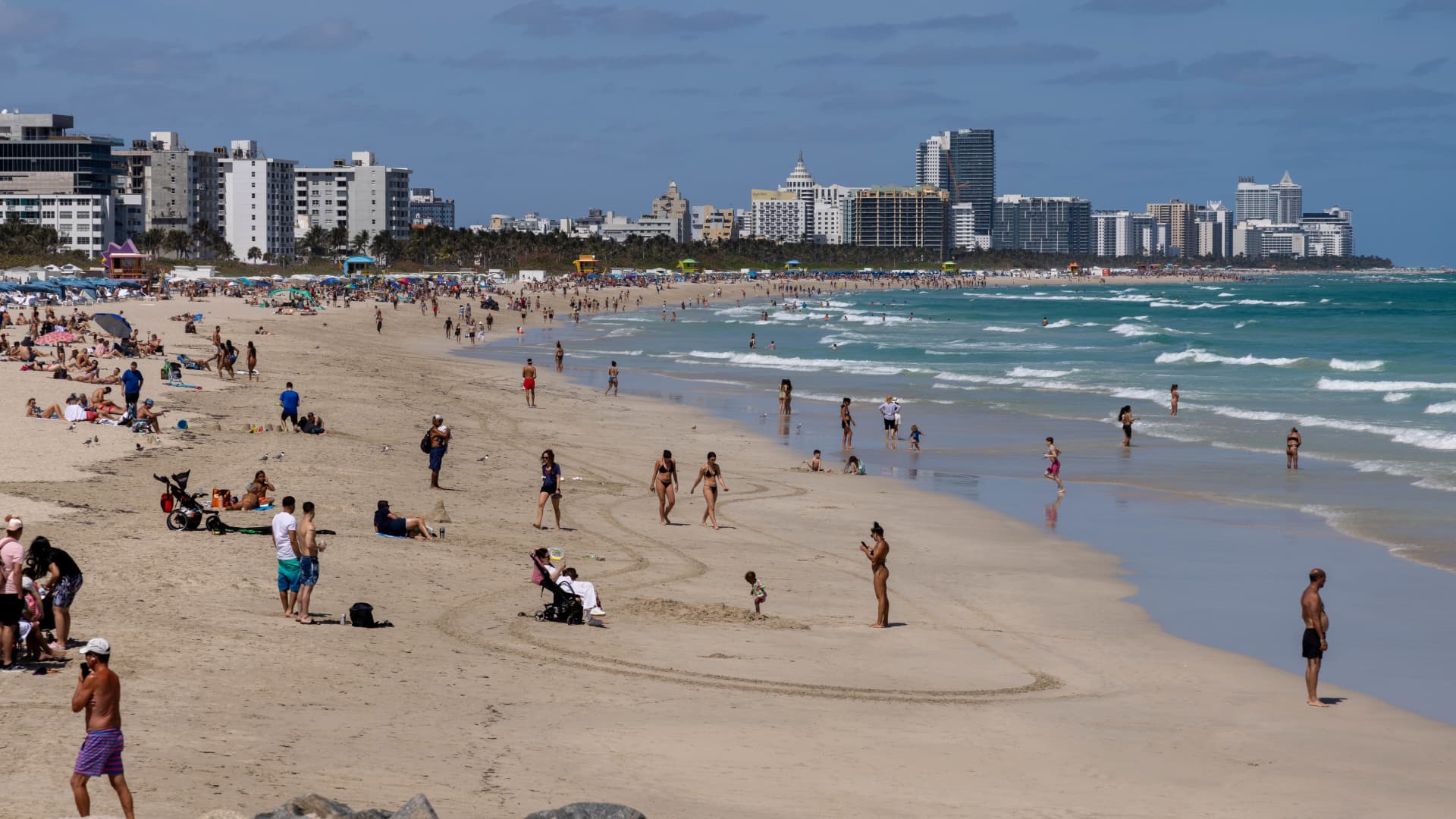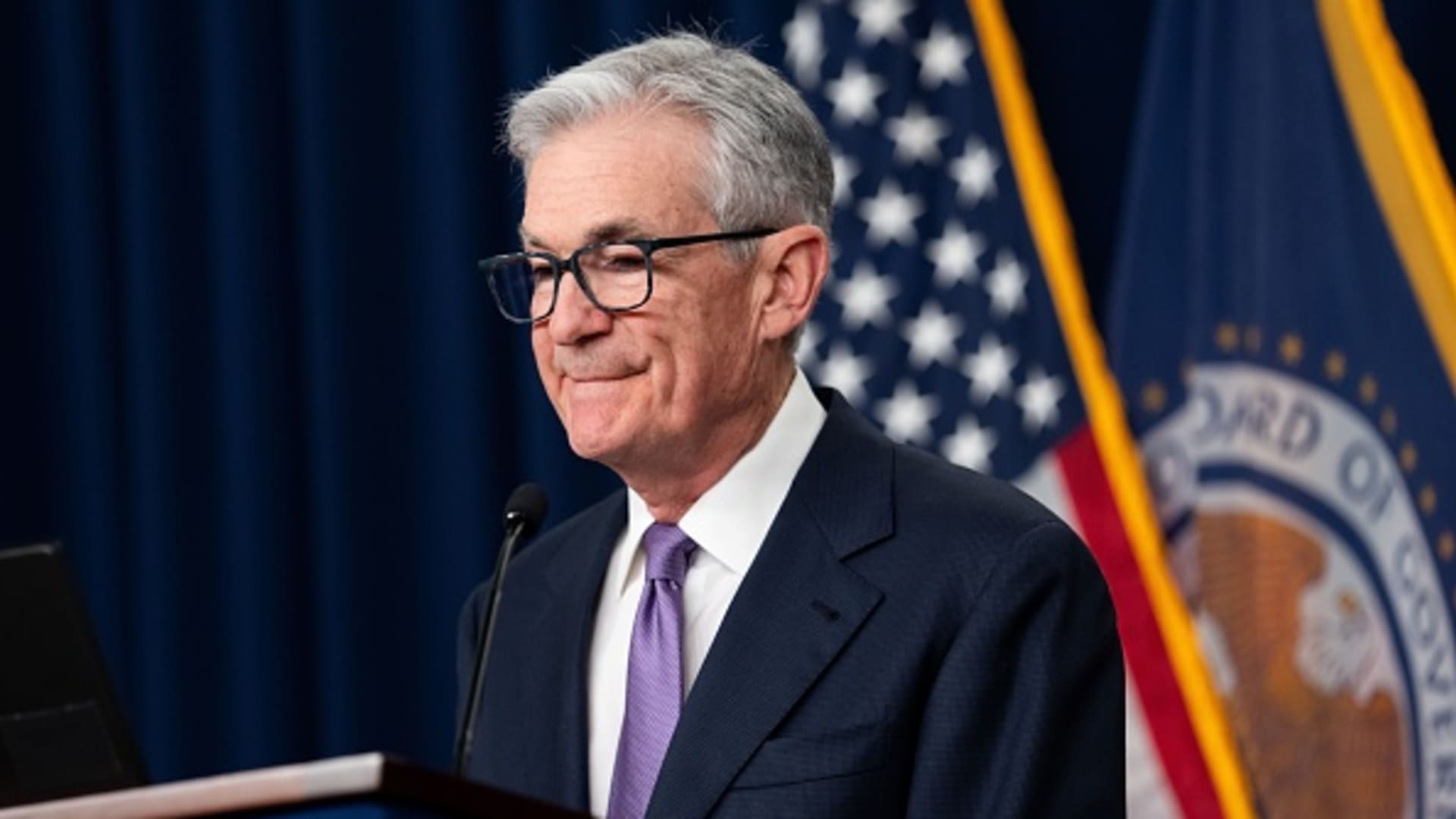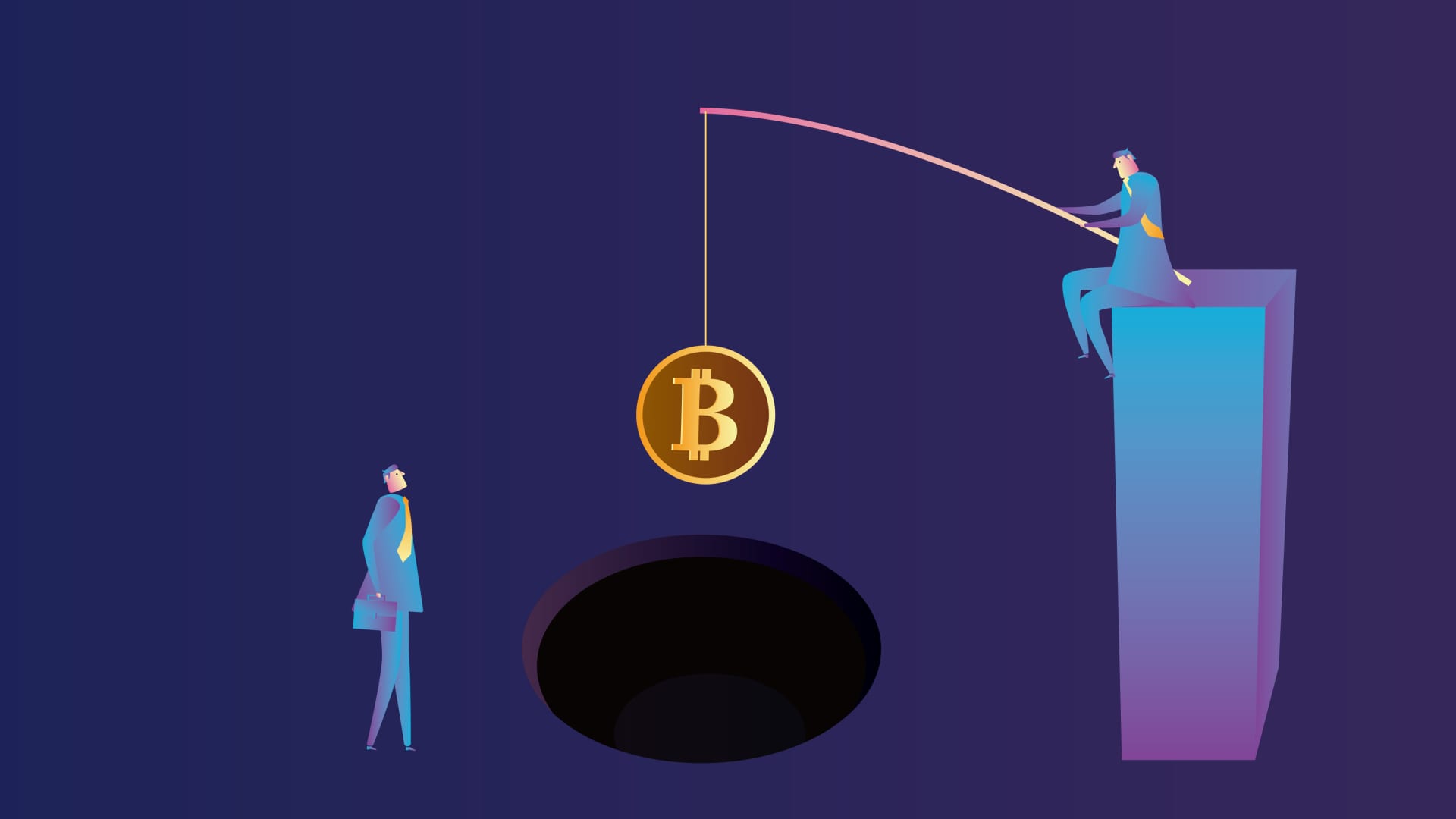Federal Reserve Governor Adriana Kugler said on Wednesday that inflation was showing clear signs of slowing but she was not yet ready to start cutting interest rates.
In her first major policy address since her confirmation to the Board of Governors in September 2023, Kugler said three factors are coming together to ease inflationary pressures: moderate wage growth, changes in the frequency with which companies raise prices and survey indicators that point to them suggest that prices are expected to rise and continue to fall.
With that in mind, however, Kugler would like to see more confidence that it is time to cut interest rates.
“Therefore, I am pleased with the disinflationary progress made so far and expect it to continue. However, I must emphasize that the [Federal Open Market Committee’s] The work is not done,” she said in her speech at the Brookings Institution in Washington, DC
“At some point, due to the ongoing slowdown in inflation and labor markets, it may be appropriate to lower the target range for the federal funds rate,” Kugler added. “On the other hand, if progress in tackling inflation stalls, it may be appropriate to keep the target range at current levels for longer to ensure further progress on our dual mandate.”
The policymaker added that she expects consumer spending to rise and inflation in core services (excluding housing) to fall. In addition, she sees signs that companies that frequently raised prices during the big inflation spike in 2021-22 are doing so less now.
If inflation continues to decline toward the Fed’s 2% target, this will likely lead to rate cuts later this year. Like other Fed officials, however, Kugler did not set a timetable, even though the market had already priced in aggressive rate cuts.
As governor, Kugler, the first Latin American governor in Fed history, is a consistent FOMC voter.
“I am pleased with the progress on inflation and am optimistic that it will continue, but I will be watching the economic data closely to verify the continuation of this progress,” Kugler said.
Earlier in the day, Minneapolis Fed President Neel Kashkari also expressed caution about cutting interest rates too quickly.
Two or three rate cuts are expected
“Sitting here today, I would say two or three cuts would be appropriate for me right now,” Kashkari said during a CNBC interview with “Squawk Box.” “But again, I don’t want to get ahead of myself, but that’s my gut feeling based on the data we have so far.”
According to CME Group’s FedWatch measure of futures prices, markets have priced in an aggressive stance for the Fed this year, with the first cut coming as early as May and a total of five quarter-percentage point cuts before the end of the year.
However, several Fed officials have rejected this narrative. Federal Reserve Chairman Jerome Powell took the March cuts almost entirely off the table a week ago and again during a “60 Minutes” interview that aired Sunday on CBS, saying he expects policymakers to do so Policymakers to exercise caution when measuring the progress of inflation against broader economic growth.
“We just need to look at the actual inflation data to guide us,” Kashkari said. “So far the data has been consistently positive. I hope it continues like this. And then the question will be simple: At what pace will we then start adjusting interest rates downward again?”
He added that there are “compelling arguments that suggest we could be in a prolonged higher interest rate environment going forward.”
Kashkari is a non-voting member of the FOMC this year.
Earlier this week, he wrote an essay that appeared on the Minneapolis Fed’s website in which he suggested that the real interest rate, adjusted for inflation, may not be as high as it looks. In a series of increases lasting from March 2022 to July 2023, the FOMC increased its benchmark federal funds rate from near zero to a target range of between 5.25% and 5.5%, the highest level in 23 years.
However, economic data remained stable during this time. Kashkari said the trend shows interest rates may not be putting as much pressure on the economy as expected. Growth in the labor market remained strong as consumers continued to spend.
“This is all really good news and it shows me that monetary policy may not be putting as much downward pressure on demand as we would otherwise think,” he said. “This gives us more time to access this data before we start cutting interest rates. So I think this is a good problem to have.”
There are several Fed speakers during the day. This story will be updated to reflect other developments.
Source link
2024-02-07 16:09:16
www.cnbc.com

